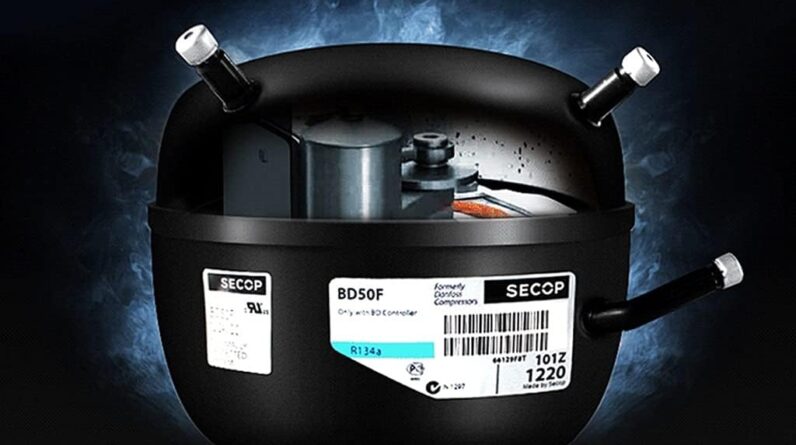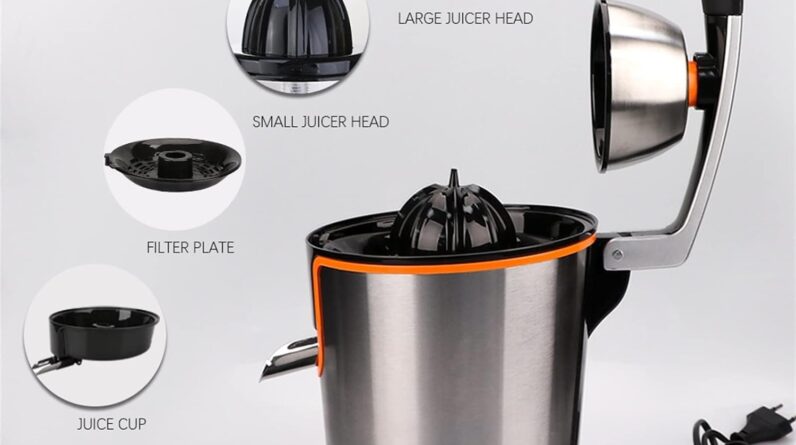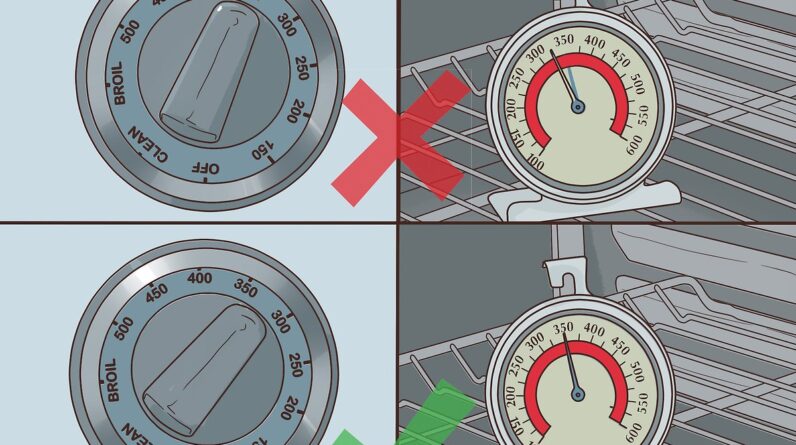
Having a faulty thermostat in your oven can be a frustrating experience, leading to unevenly cooked meals and unexpected temperature fluctuations. If you’ve been noticing inconsistencies in your cooking results, it may be time to investigate whether your oven’s thermostat is to blame. In this article, we’ll outline some key signs to look out for that indicate a faulty thermostat, allowing you to address the issue and enjoy perfectly cooked dishes once again. So, let’s explore these common indicators and get your oven back on track!
Signs of a faulty thermostat in my oven
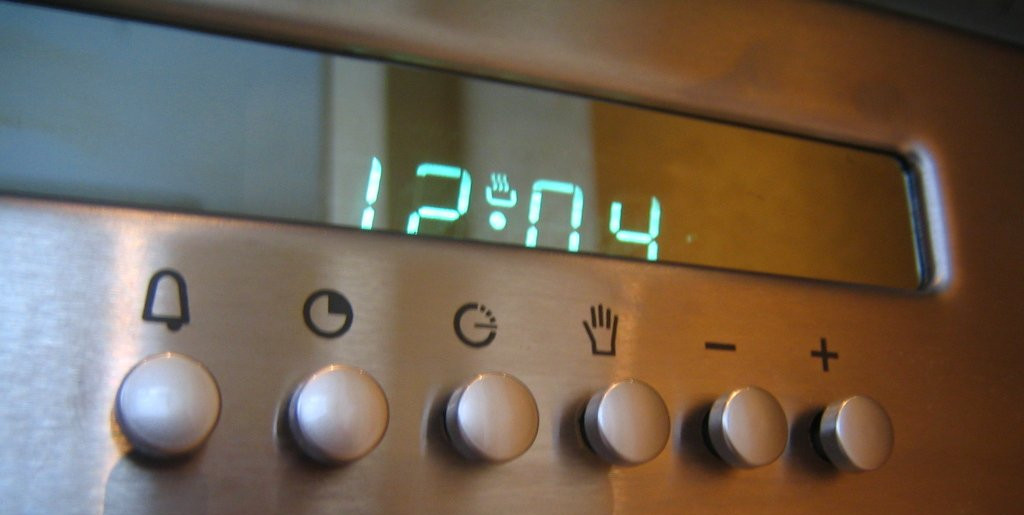
Oven temperature inconsistency
One of the most common signs of a faulty thermostat in your oven is temperature inconsistency. You may notice that your oven is not maintaining a consistent temperature throughout the cooking process. This can lead to unevenly cooked or burnt food, which can be quite frustrating, especially if you are trying to achieve that perfect balance of tenderness and crispness. If you find that your dishes are consistently coming out undercooked or overcooked, it may be worth checking the thermostat of your oven.
Oven not reaching desired temperature
Another telltale sign of a faulty thermostat is when your oven is not reaching the desired temperature. You set the oven to a specific temperature, preheat it, and start cooking, only to find that the oven fails to reach the desired level of heat. This can be particularly problematic when precision is required in baking or when following a recipe that necessitates the oven to be at a specific temperature. If you often find yourself having to adjust your cooking times due to the oven not reaching the desired temperature, it is likely that the thermostat is faulty.
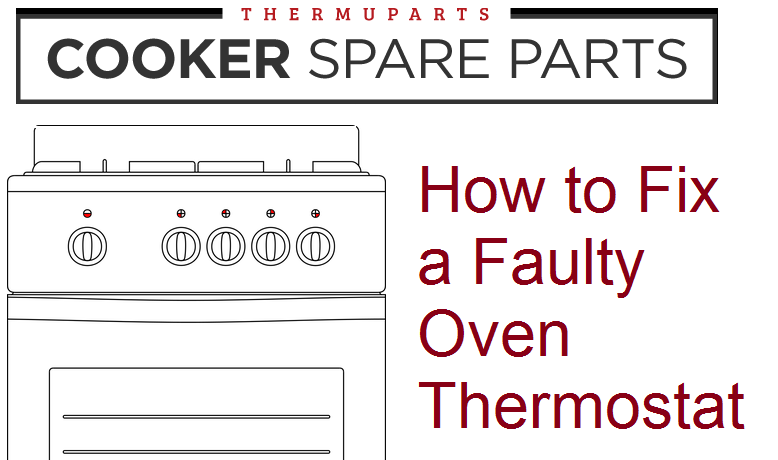
Oven overheating
On the flip side, a faulty thermostat can also cause your oven to overheat. You may notice that even when set at a moderate temperature, the oven becomes excessively hot, potentially leading to burned food or, in more severe cases, a potential fire hazard. Overheating can not only ruin your culinary creations but also pose a safety risk. If you find that your oven consistently reaches excessively high temperatures, it is essential to address the issue promptly to ensure the safety of your home and kitchen.
Oven underheating
Contrary to an oven that overheats, a faulty thermostat may also result in your oven underheating. You may set the oven to a specific temperature, but the actual temperature inside the oven falls short of your desired setting. Underheating can significantly impact your cooking, resulting in undercooked or improperly cooked dishes. This can be particularly problematic when dealing with meats or delicate pastries that require specific internal temperatures to ensure food safety and taste. If you find that your meals are consistently undercooked, it may be time to give your oven’s thermostat some attention.

Unevenly cooked or burnt food
As mentioned earlier, a faulty thermostat can lead to unevenly cooked or burnt food. When the temperature inside the oven is inconsistent, it can cause some areas of your dish to cook faster or slower than intended. This can result in uneven browning or even burning in certain sections of your food. Not only does this affect the appearance and taste of your meals, but it can also affect their overall quality. If you notice that your dishes are frequently coming out with uneven cooking or burnt spots, it is worth investigating whether your oven’s thermostat is to blame.
Longer cooking times
If you find yourself constantly extending your cooking times, it may be indicative of a faulty thermostat. Your oven may take significantly longer to cook dishes compared to the recommended times in recipes. This can be frustrating, especially when you are pressed for time or have multiple dishes to prepare. Prolonged cooking times not only disrupt your schedule but also affect the texture and taste of your food. If you often find yourself needing to extend your cooking times, it might be a sign that your oven’s thermostat is not functioning correctly.

Inaccurate oven thermometer readings
To determine whether your oven is reaching the desired temperature, many people rely on oven thermometers. However, if you consistently notice discrepancies between the oven’s temperature display and the readings from your oven thermometer, it could be a sign of a faulty thermostat. The thermostat is responsible for regulating the oven’s temperature, so if it is not functioning properly, it can result in inaccurate temperature readings. This can make it difficult to gauge the exact temperature of your oven, leading to cooking inconsistencies.
Frequently blown fuses or tripped circuit breakers
In some cases, a faulty thermostat can put an excess strain on the electrical system of your oven, leading to blown fuses or tripped circuit breakers. If you frequently find yourself experiencing electrical issues when using your oven, it is possible that the thermostat is causing these problems. Blown fuses and tripped circuit breakers not only disrupt your cooking but can also be dangerous if left unresolved. If you notice a pattern of electrical issues with your oven, it is essential to have a professional technician inspect the thermostat to determine if it is the root cause.
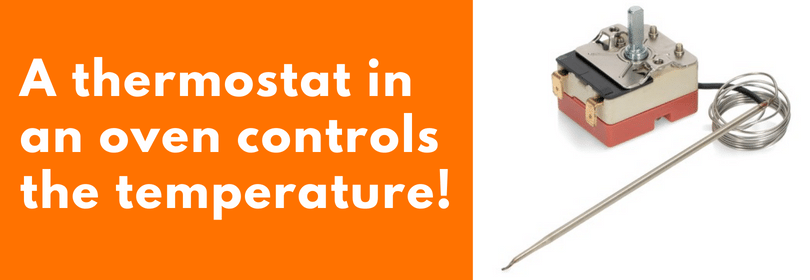
Self-cleaning function failure
Modern ovens often feature a self-cleaning function that utilizes high temperatures to burn off food residue and grease. However, if your oven’s thermostat is faulty, it may affect the functionality of the self-cleaning feature. The self-cleaning process relies on the oven reaching and maintaining a specific temperature for an extended period. If the thermostat is not accurately regulating the temperature, it can lead to the self-cleaning function failing to operate effectively. If you encounter difficulties with your oven’s self-cleaning feature, the thermostat may be to blame.
Strange noises or smells
Lastly, a faulty thermostat may also manifest through strange noises or smells emanating from your oven. If you notice unusual clicking noises, buzzing sounds, or a burning smell when your oven is in use, it could be an indication that the thermostat needs attention. These abnormal sounds and smells can be alarming and are often signals that there is an underlying problem with your oven’s internal components. It is crucial to address these issues promptly to prevent further damage or potential safety hazards in your kitchen.
In conclusion, a faulty thermostat in your oven can present several signs that, if left unattended, can lead to frustrations in the kitchen, compromised cooking outcomes, and even safety concerns. If you notice any of the mentioned signs, such as oven temperature inconsistency, failure to reach desired temperatures, overheating or underheating, unevenly cooked or burnt food, longer cooking times, inaccurate oven thermometer readings, blown fuses or tripped circuit breakers, self-cleaning function failure, or strange noises and smells, it is advisable to consult a professional technician to diagnose and fix the issue. Regular maintenance and timely repairs of your oven’s thermostat will help ensure optimal performance and enjoyable cooking experiences.


